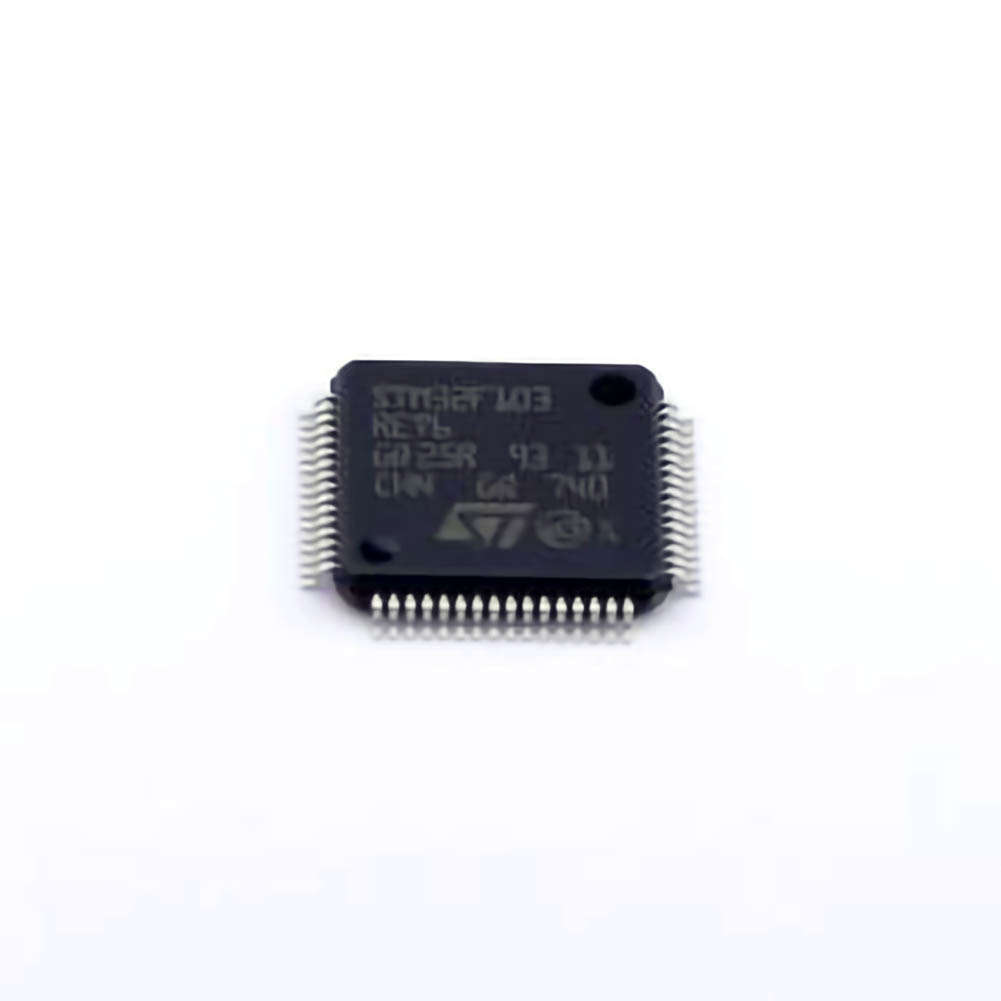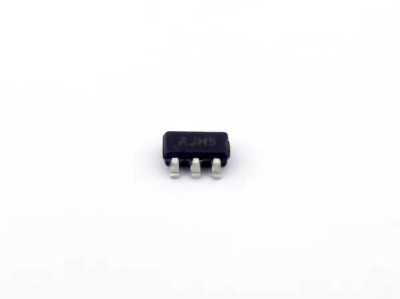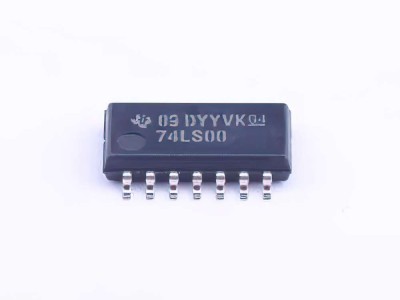
Introduction to the STM32F103 RET6 Microcontroller and its Key Characteristics
The STM32F103RET6 microcontroller is a member of the STM32 family, which is based on ARM's Cortex-M3 core. With a 32-bit architecture, this microcontroller offers robust performance, rich peripheral support, and a wide operating voltage range, making it an excellent choice for Embedded systems. It's commonly used in various applications, such as industrial control, robotics, consumer electronics, and automotive systems.
Core and Performance
At the heart of the STM32F103RET6 is the ARM Cortex-M3 processor. This core is known for its balance of performance and energy efficiency, capable of running at speeds up to 72 MHz. The processor is designed for low- Power applications while maintaining high-speed performance for real-time control tasks. The 32-bit architecture ensures that complex computations are processed quickly, while also enabling the handling of larger data types and memory addresses compared to 8-bit or 16-bit systems.
The STM32F103RET6 features 512KB of Flash memory and 64KB of SRAM, providing ample space for storing programs, data, and variables. With a clock speed of up to 72 MHz, it can process instructions efficiently, which is important for time-critical applications.
Peripheral Support
The STM32F103RET6 comes equipped with a variety of integrated peripherals that significantly enhance its versatility for different embedded system applications. These include:
Timers: The microcontroller features multiple general-purpose and advanced-control timers, which can be used for time-based operations such as PWM generation, time measurement, and event counting.
GPIO (General Purpose Input/Output): There are numerous GPIO pins available, which can be configured as inputs, outputs, or for alternate functions like serial communication. This flexibility is key in a wide variety of designs, including user interface s and communication with external devices.
USART/UART: These serial communication interfaces enable the STM32F103RET6 to connect to other systems for data transmission and reception, making it ideal for applications requiring wireless communication, debugging, or inter-device communication.
SPI (Serial Peripheral Interface) and I2C: These two interfaces provide efficient communication with Sensor s, memory devices, and other peripherals. Both interfaces support fast data transfer rates and are widely used in embedded designs.
Analog-to-Digital Converter (ADC): The ADC in the STM32F103RET6 is highly accurate and capable of converting analog signals into digital data for processing by the microcontroller. This feature is useful in sensor-based systems like temperature monitoring and environmental sensing.
PWM Outputs: Pulse-width modulation (PWM) is essential for controlling motors, dimming LED s, and audio signal generation, among other applications. The STM32F103RET6 supports multiple PWM outputs with high resolution.
Power Efficiency and Flexibility
The STM32F103RET6 is designed with low power consumption in mind, making it suitable for battery-powered applications. It has several power-saving modes such as Sleep, Stop, and Standby, which allow the device to minimize power usage when idle, extending battery life in portable devices.
Another notable feature is its flexible voltage range, which allows the device to operate at a range of 2.0V to 3.6V, further contributing to its versatility in various systems, including those with strict power requirements.
Development Tools and Ecosystem
One of the significant advantages of STM32 microcontrollers, including the STM32F103RET6, is the extensive development ecosystem around it. STMicroelectronics provides a free IDE called STM32CubeIDE, which integrates with STM32CubeMX for peripheral configuration and code generation. Additionally, the STM32F103RET6 is supported by a variety of third-party tools and libraries, including the widely used Keil uVision and IAR Embedded Workbench.
For hardware development, the STM32F103RET6 is available on numerous evaluation boards and development kits, such as the STM32F103R8-NUCLEO board, making it easier for engineers to get started with their projects.
Embedded Development Examples Using the STM32F103RET6
In this part, we will explore two practical development examples that highlight the capabilities of the STM32F103RET6 microcontroller. These examples will demonstrate how its rich feature set can be used to solve real-world problems in embedded systems.
1. Temperature Monitoring System Using STM32F103RET6
A common application for microcontrollers is temperature monitoring, often in environments where precise temperature readings are crucial, such as in industrial machinery or home automation systems.
Hardware Setup:
STM32F103RET6 microcontroller
DHT22 temperature and humidity sensor
LCD Display (16x2)
Power supply (3.3V)
Development Steps:
Sensor Interface: The DHT22 sensor outputs a digital signal that contains both temperature and humidity data. The STM32F103RET6 can read this signal using one of its GPIO pins in an interrupt-driven manner. The sensor requires careful timing to read data correctly, so using the microcontroller's timers helps ensure accurate data collection.
ADC Calibration: While the DHT22 sensor directly provides the data in a digital format, we can expand this system to include analog temperature sensors like the LM35. The STM32F103RET6’s ADC can be used to read the analog output from such sensors.
Display Output: The 16x2 LCD display is connected to the microcontroller using the I2C interface, and it is used to display the current temperature and humidity readings. The STM32F103RET6’s I2C peripheral makes it easy to manage communication with the display.
Power Management : In battery-powered systems, the microcontroller can enter low-power modes when not actively reading data or updating the display, ensuring energy efficiency.
This temperature monitoring system can be further expanded to log data, send readings to a cloud server, or even trigger alerts when the temperature exceeds a certain threshold.
2. Motor Control System Using STM32F103RET6
Motor control is another common application in embedded systems, especially in robotics, automation, and consumer electronics. The STM32F103RET6 provides powerful features such as PWM outputs and timers that make it ideal for motor control applications.
Hardware Setup:
STM32F103RET6 microcontroller
DC motor
Motor driver ( L298N )
PWM signal generator
Power supply (5V)
Development Steps:
PWM Generation: The motor speed is controlled by adjusting the duty cycle of the PWM signal. The STM32F103RET6 has multiple timers capable of generating PWM signals with high resolution. The PWM frequency can be adjusted to control the motor speed precisely.
Motor Driver Interface: The L298N motor driver receives PWM signals from the STM32F103RET6 to control the direction and speed of the motor. The microcontroller’s GPIO pins can be used to control the enable and direction pins of the motor driver.
Speed Control Algorithm: By modifying the duty cycle of the PWM signal, the STM32F103RET6 can dynamically adjust the motor's speed. This can be achieved by using a potentiometer or a digital input to set the desired speed.
Sensor Feedback: The system can be expanded by adding encoder s or hall-effect sensors to provide feedback to the microcontroller. Using this feedback, the microcontroller can implement closed-loop control algorithms such as PID (Proportional-Integral-Derivative) to achieve more precise motor control.
This motor control system is a fundamental building block in many robotics applications, and with the STM32F103RET6, it’s possible to implement advanced features like speed regulation and position control.
Conclusion
The STM32F103RET6 microcontroller is a powerful, flexible, and cost-effective solution for embedded systems development. Its ARM Cortex-M3 core, rich peripheral set, and low-power operation make it an excellent choice for a wide range of applications, from industrial automation to consumer electronics. The examples provided—temperature monitoring and motor control—demonstrate the versatility and ease of development that the STM32F103RET6 offers. With the support of a robust development ecosystem, including STM32CubeMX and STM32CubeIDE, embedded developers can quickly prototype and deploy systems based on this microcontroller.
If you are looking for more information on commonly used Electronic Components Models or about Electronic Components Product Catalog datasheets, compile all purchasing and CAD information into one place.


